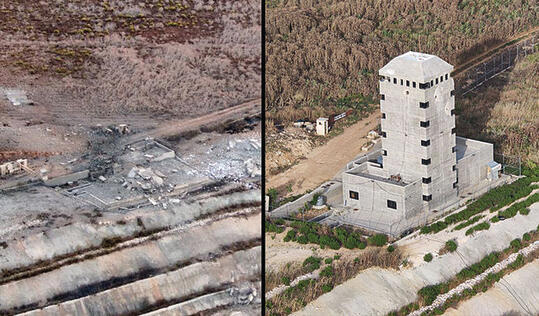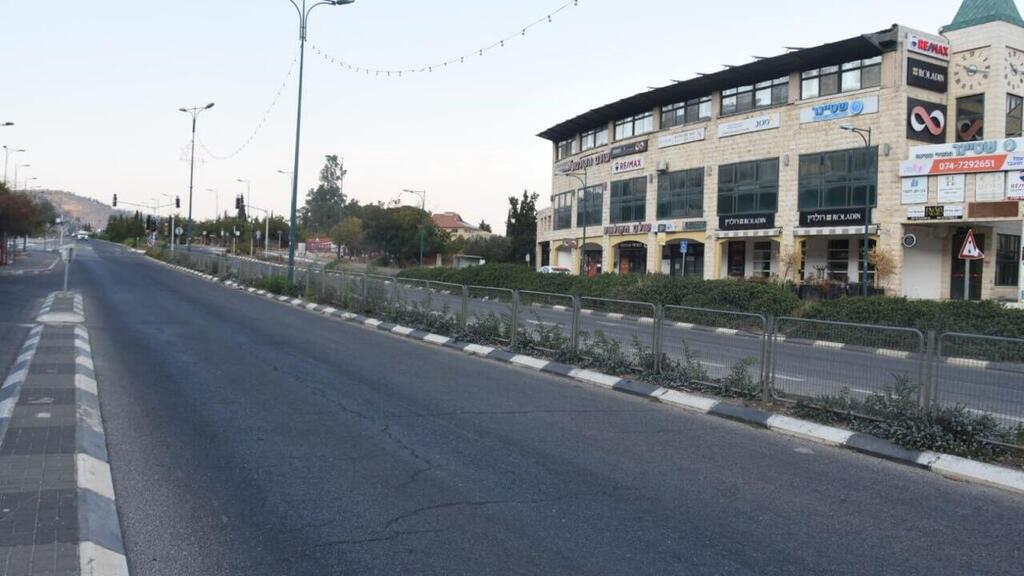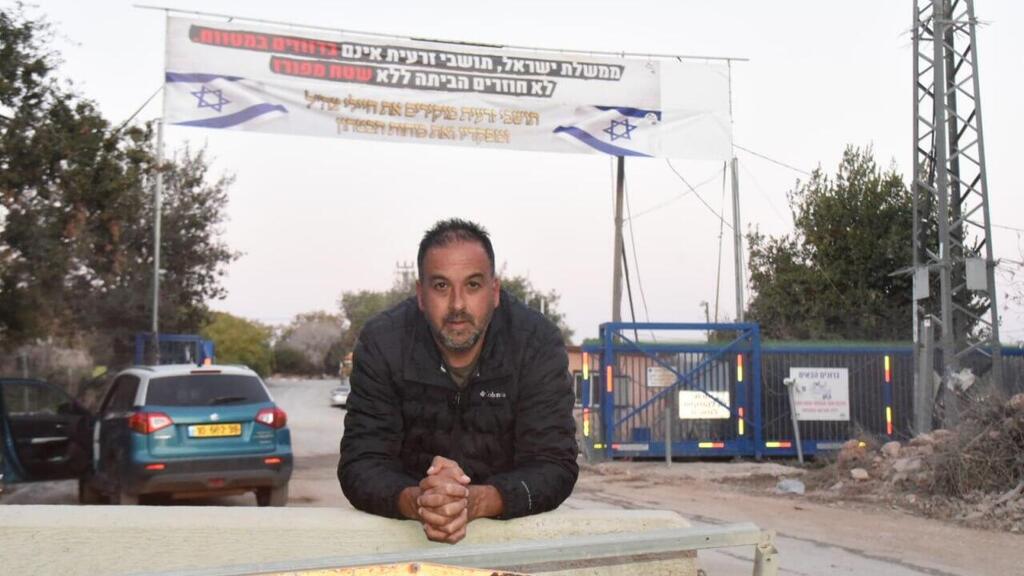For years, residents in Israel's Galilee Panhandle woke each morning to the sight of Hezbollah operatives watching them from a fortified concrete tower on the Hamamis Ridge—a symbol of constant danger.
Over the past year, locals repeatedly called on Northern Command officers to remove the threat but were told the tower was controlled by the Lebanese military or UN forces. On Monday, the Israeli military destroyed the tower.
The destruction of the Hezbollah tower
"The demolition of that tower has lifted another layer of fear for us," said Nisan Zeevi, a resident of the evacuated Kibbutz Kfar Giladi, who has a permanent binocular station in his backyard to keep watch on the area.
He gazed repeatedly at the remains of the tower, calling them a symbol of hope. "That tower overlooked the entire Hula Valley, Kiryat Shmona and the fence-adjacent communities," he described. Behind it lies the village of Khiam, where extensive terrorist infrastructure remains largely unaddressed.
Amid reports of U.S.-pressured government talks to reach an agreement with Hezbollah and end the fighting, residents in Israel’s north are divided over what to make of the potential deal.
"We've learned not to react to every report but to see what the results bring," said Zeevi. "Taking down that tower is symbolic, but it's not the whole picture. Israel knows that to bring the northern residents back home, we need to decide if our goal has been achieved. No plan has been presented showing how to create real security here, let alone a sustainable economic or community vision for the area."
On the eve of Rosh Hashanah, the home of Einat and Gideon Lev-Ari in the town of Metula was destroyed by Hezbollah shelling. Einat decided early in the war that she would not return to Metula as long as the tower overlooking the valley still stood.
"To me, it symbolized the existential threat and the neglect that allowed such a structure to exist here at all," she explained. "I understand that we’ll have to return to the land we worked on, but if the crisis of trust continues, we won’t be able to stay here.”
Lev-Ari, however, welcomed the idea of a cease-fire agreement to end the war. “I think the army has done an excellent job dismantling Hezbollah’s capabilities. Even after a deal, there will be hidden weapons and threats, but I hope the agreement includes a real buffer zone separating us from any Lebanese influence.”
Prosper Azran, former mayor of Kiryat Shmona, has refused to leave his home since the outbreak of war. Even a rocket strike on the housing unit in his yard didn’t sway him. “I don’t trust any deal that says foreigners will protect us,” he said angrily.
“After we’ve seen what’s happening in southern Lebanon, they tell us only 30% of the Radwan forces remain. Even 10% of them could do more damage than Hamas did in the south. We have to keep them on the run—there’s no peace with them.”
For Azran, any agreement must guarantee “an area no Arab can enter, where we don’t need permission to eliminate anyone who crosses into it.”
Itzik Ben-Moha, chairman of the local council of Zar’it in Western Galilee, posted a sign at the entrance reading: “Residents of Zar’it are not sitting ducks. We will not return without a demilitarized zone.”
A year after they were evacuated from their homes, Zar’it residents declared that rumors of a deal wouldn’t make them pack up the lives they’ve built far from the Lebanese border.
“We made a community-wide decision: no one is going back, and we’re ready to launch a campaign to make the Israeli government understand that it’s us or Hezbollah,” Ben-Moha declared.
"The residents won’t return until all operations in southern Lebanon are completed, as we were promised until the army clears everything—to the Litani [River]. For years, they kept telling us there were no tunnels, and that everything was fine. The system misled the residents here. We now know the truth about the tunnels and the weapons caches they found—and there’s more of it in deeper areas. We appreciate what our soldiers have done so far, but it’s not enough. We won’t go back only to become another community under fire.”
Get the Ynetnews app on your smartphone:








